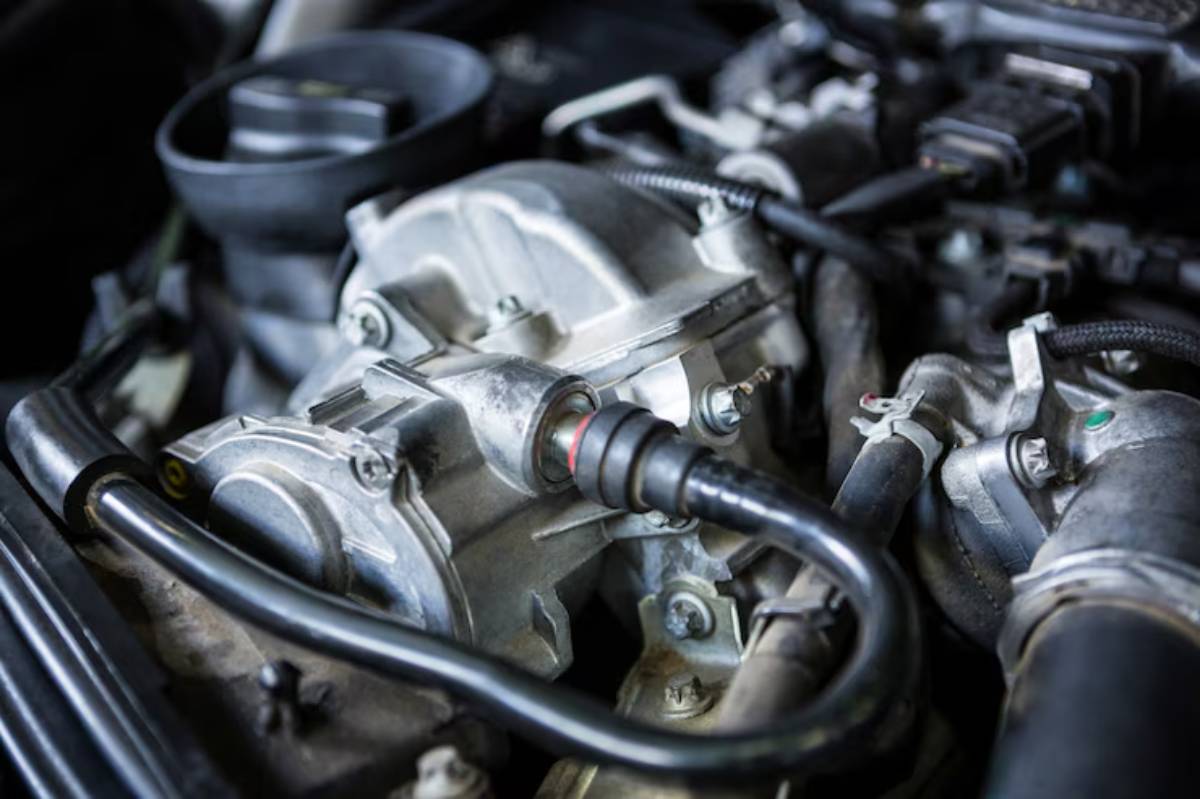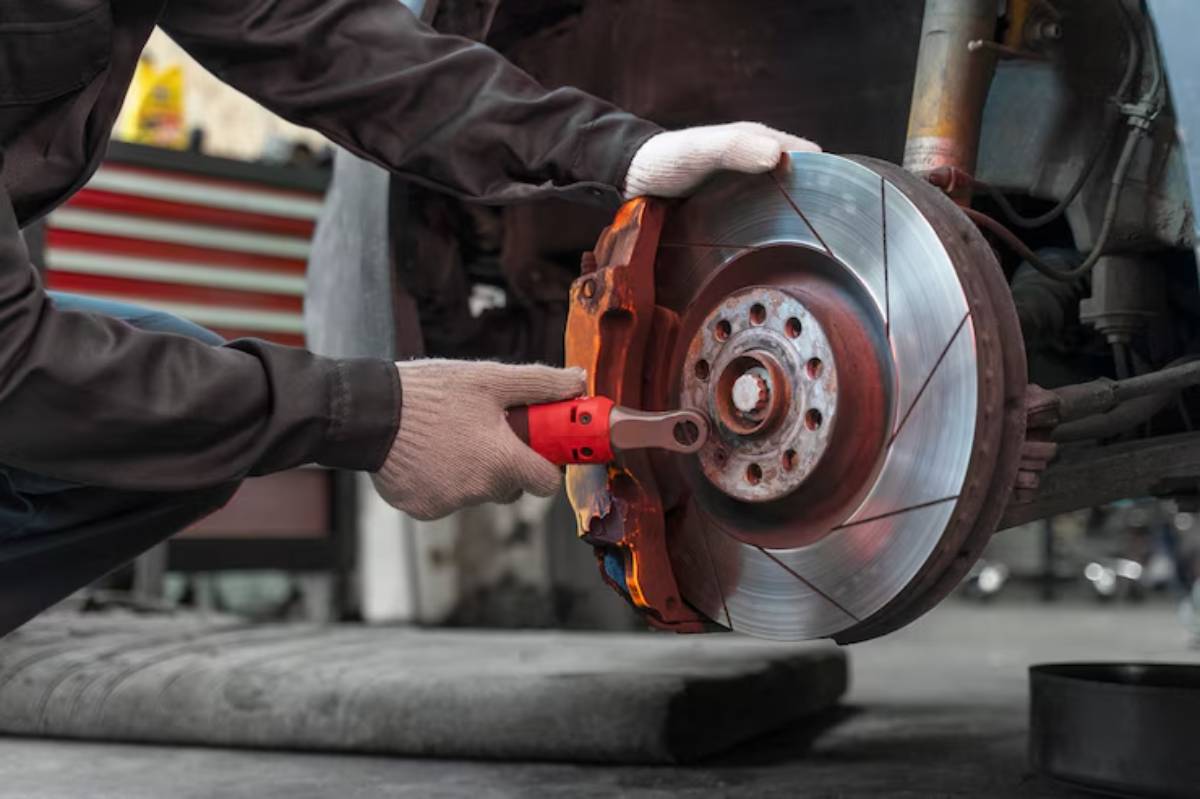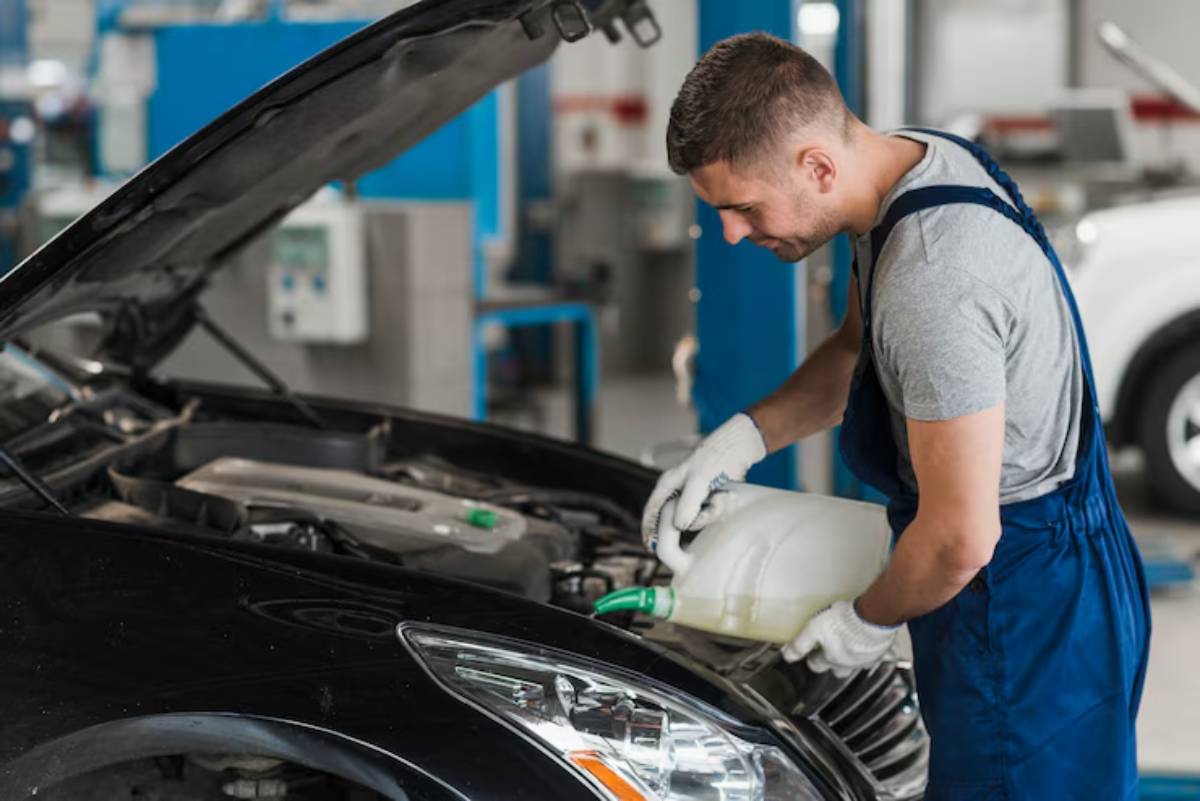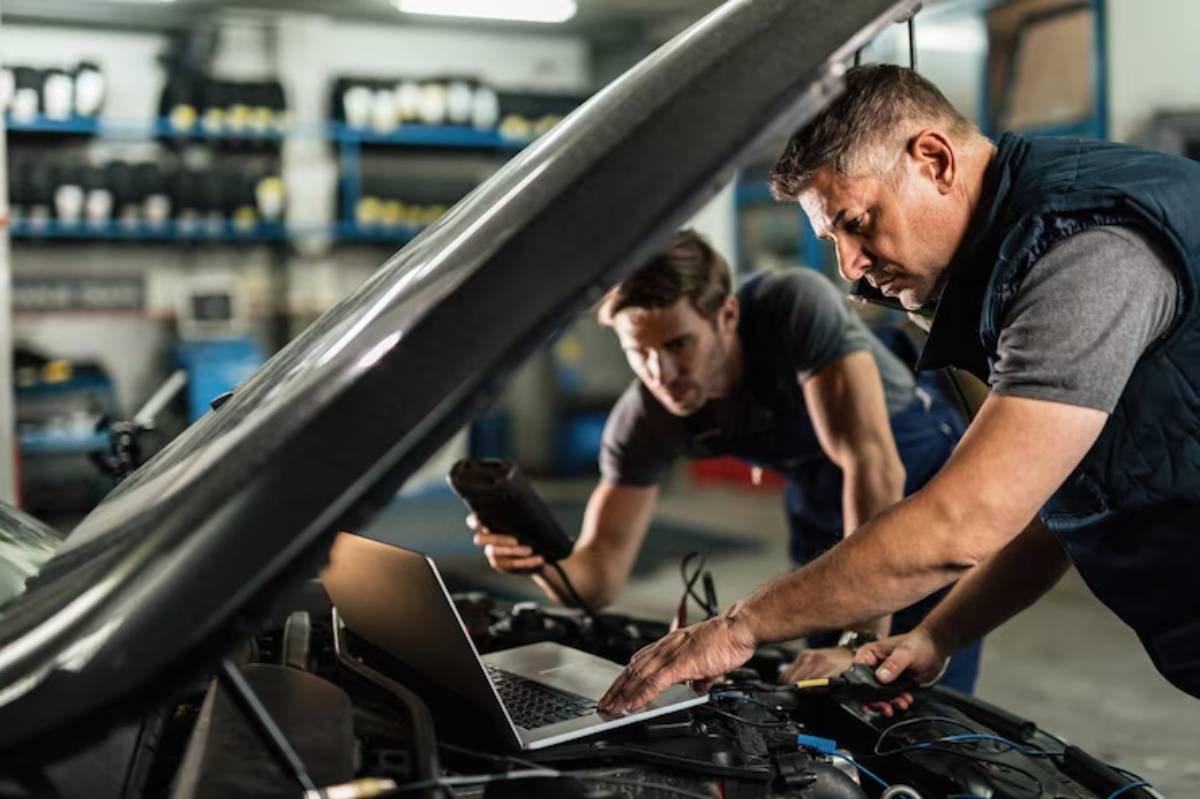
Annual Maintenance Musts for Hybrid Owners
You chose a hybrid because it’s smarter, cleaner, and more efficient than a traditional car. But even a high-tech vehicle can’t take care of itself, especially over the course of a full year. Annual maintenance is vital for keeping your hybrid operating smoothly and extending the life of its most valuable components.
While hybrid cars need fewer oil changes and brake replacements than their petrol-only counterparts, they also have unique systems that require regular inspections — from the battery pack and electric motor to cooling systems and software updates. If left unchecked, these components could undermine the very benefits that make a hybrid appealing: fuel economy, performance, and low emissions.
In this guide, we’ll walk you through a practical, well-rounded hybrid inspection checklist. Whether you’re heading in for your annual hybrid service or taking the DIY route, this blog will help you tick off all the boxes — confidently and efficiently.
1. Start With a Comprehensive Vehicle Inspection
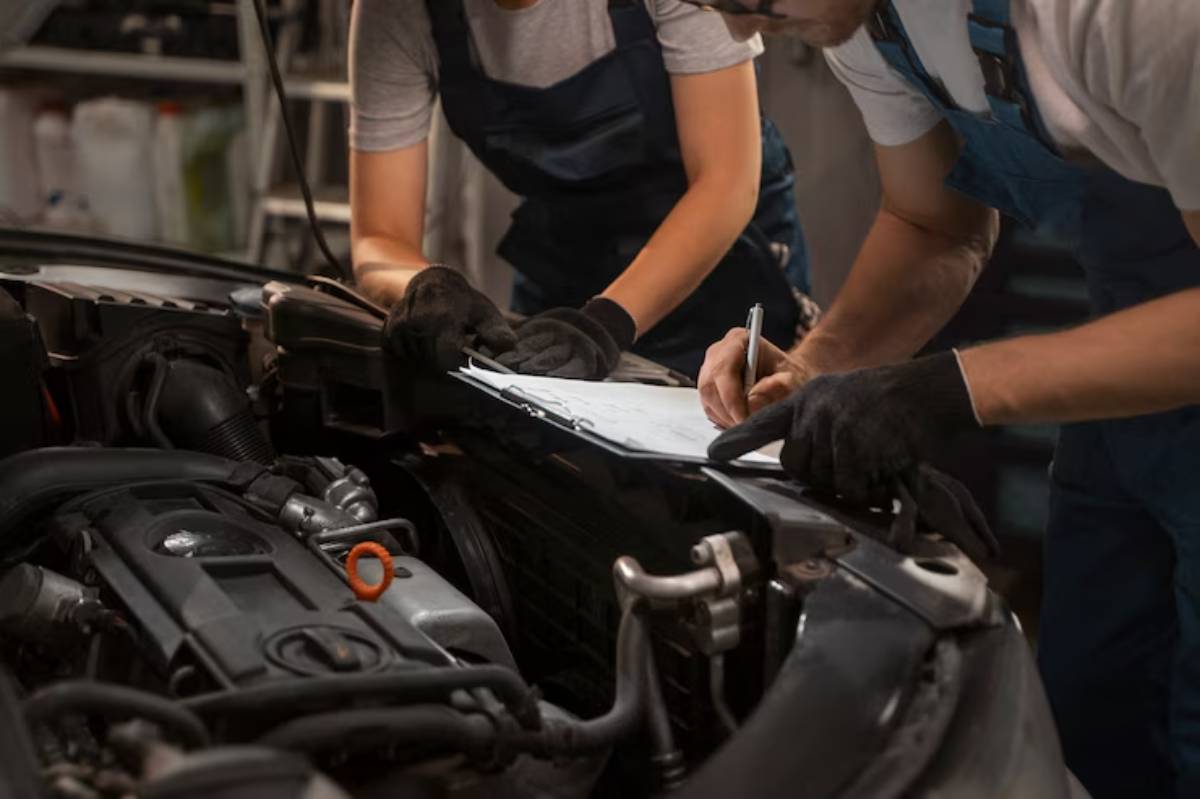
What It Involves
Your annual maintenance should begin with a full visual and diagnostic check by a hybrid-trained technician. Unlike a quick lube job or tyre rotation, this review goes deeper.
Key Areas to Inspect
- Battery and high-voltage cables
- Suspension and steering components
- Brake pads, discs, and hydraulic lines
- Fluid levels and leaks
- Tyre tread and pressure
- Drive belts and pulleys
Tip:
Ask your service centre if they follow manufacturer guidelines for hybrids — or better yet, bring in a printed copy of your maintenance schedule.
2. Service the Hybrid Battery System
Why It’s Crucial
The hybrid battery pack is the heart of your vehicle’s efficiency. Though built to last, it should be monitored annually to ensure long-term reliability.
What to Do
- Request a battery health report from your technician.
- Look for signs of voltage imbalance between cells.
- If your car has a battery cooling fan, make sure it’s cleaned and functioning properly.
Pro Insight: A failing battery won’t always trigger a warning light at first. But reduced electric-only range or a noticeable drop in fuel efficiency can be early signs.
Related Reading: For hybrid owners wanting proactive care, see our monthly hybrid maintenance checklist to stay ahead year-round.
3. Inspect and Service the Cooling System
Unique to Hybrids
Unlike petrol cars, hybrids often have dual cooling systems — one for the engine and another for the battery or power electronics.
Annual Maintenance Steps
- Check coolant levels for both systems (they may use different fluids).
- Inspect for discoloured fluid, sediment, or leaks.
- Have the system flushed and refilled if the coolant is older than five years or 100,000 miles.
Battery Cooling Fan
- Dust and dirt can clog the fan, especially if you drive with pets.
- Clean the intake vent and replace the filter if needed.
4. Update Software and Firmware
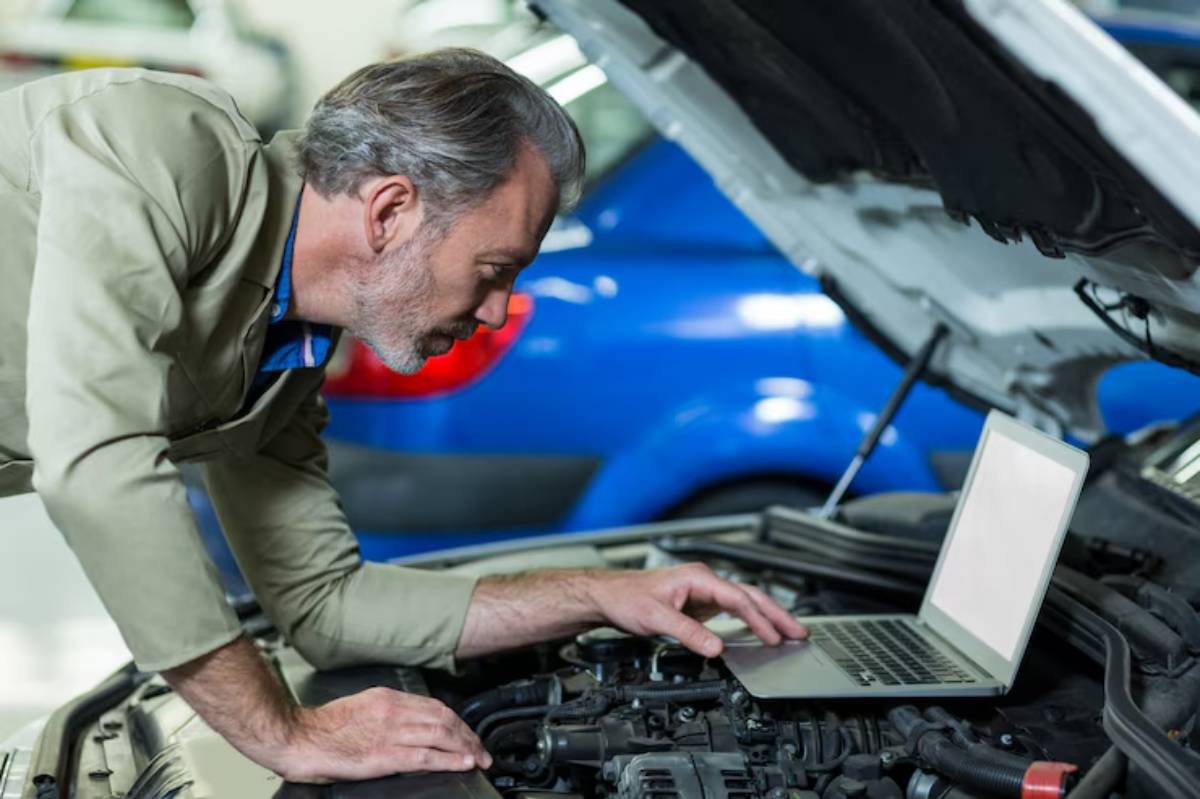
Why It’s Often Overlooked
Many hybrid vehicles receive performance and efficiency updates through software, not just mechanical tweaks.
What to Ask For
- Inquire about ECU (engine control unit) or battery management software updates.
- Ask your dealer or mechanic if any recalls or updates have been issued for your model.
- If your hybrid connects via a smartphone app, make sure the app and firmware are synced and current.
These updates often include bug fixes, fuel efficiency improvements, and even improved battery charging algorithms.
5. Replace Cabin and Engine Air Filters
Why It Matters
Clean filters reduce strain on both your engine and climate control systems, maintaining comfort and performance.
What to Check
- Cabin Air Filter: Replace if dirty, clogged, or smelly. A must if you have allergies or frequently drive in urban areas.
- Engine Air Filter: Inspect for dust and debris. Replace annually unless you drive in clean, rural areas — then every two years may suffice.
Fact: A dirty engine air filter can reduce hybrid fuel economy by up to 10%.
6. Change Engine Oil and Oil Filter (Yes, Hybrids Still Need It)
Frequency Depends on Usage
Most hybrids use their combustion engines less frequently, but oil still degrades over time, especially on short trips where it never fully warms up.
Best Practice
- Change your oil at least once per year, regardless of mileage.
- Use synthetic oil, typically 0W-20 or 0W-16, depending on your model.
Additional Tip
While you’re at it, request a check of your spark plugs and ignition coils, especially if you’re over 100,000 miles.
7. Test the Brakes and Regenerative Braking System

What’s Different for Hybrids
Hybrids use regenerative braking to slow the car and recharge the battery. This reduces wear on brake pads, but doesn’t eliminate the need for checks.
Annual Brake Checklist
- Inspect the pad and rotor thickness
- Flush brake fluid if more than two years old
- Test regen braking performance — look for lag or inconsistencies
Quick Test: A spongy brake pedal or reduced regen braking power? Time for a service.
8. Rotate and Inspect Tyres
Tyres are often ignored until they fail — but they’re crucial for hybrid efficiency and safety.
Annual Tyre Tasks
- Rotate tyres front to back, or diagonally if non-directional.
- Check tread depth (minimum 1.6 mm; 3 mm recommended for wet conditions).
- Examine for cracks, bulges, or uneven wear.
If you’re switching between seasonal tyres, it’s also a good moment to inspect wheel alignment and balance.
Bonus Read: Learn the best strategies for seasonal tyre changes for hybrids.
9. Scan for Fault Codes Using OBD-II Tools
Why It Matters
Modern hybrids store fault codes even when no dashboard light appears. A simple scan can reveal issues early.
What to Do
- Use an OBD-II scanner compatible with hybrid systems.
- Focus on codes related to the battery management system, charging logic, or inverter function.
- If you’re unsure how to interpret codes, a hybrid-certified garage can do it for you.
Tip: Consider keeping your own basic scanner if you enjoy DIY upkeep.
10. Review Lights, Sensors and Safety Systems
Hybrids are often packed with ADAS (Advanced Driver Assistance Systems). These systems rely on cameras, radar, and sensors — all of which need annual calibration.
What to Inspect
- Headlights, brake lights, turn signals
- Reversing camera clarity and function
- Lane assist, parking sensors, adaptive cruise control
Ask your technician if any sensors need cleaning or recalibration, especially after a windscreen replacement or a minor accident.
Conclusion: Make Your Hybrid’s Next Year Its Best Yet
Annual maintenance may not seem urgent, especially when your hybrid feels like it’s running fine. But proactive care is what separates reliable cars from ones that surprise you with big bills. Think of this checklist as your yearly health check-up for your car.
By sticking to this routine, you’ll:
- Prolong your battery life and protect high-cost systems
- Maintain peak fuel economy and emissions performance
- Catch problems early, before they become breakdowns
- Drive with confidence, knowing your hybrid is at its best
